Body Composition
The Study of Body Composition
Scientists have been studying body composition since the beginning of the 20th century, but research has increased dramatically in the last 25 years as methods for measuring and analyzing the body have grown in accuracy. There is growing evidence that clearly links body composition with health risks and the development of certain diseases. New research indicates that fat loss, not weight loss, can extend human longevity.
Adding further to the acceptance of this practice is the importance of body composition in athletic performance and its move from being a laboratory-only procedure to one used in ordinary medical practice and now health clubs or at home. By measuring body composition, a person’s health status can be more accurately assessed and the effects of both dietary and physical activity programs better directed.
Most people don’t realize that there is only one “direct” method of measuring body composition that is close to 100% accurate, and that is an autopsy – performed Post Mortem. All other current methods for measuring body composition rely on “indirect” measurements techniques and are called In Vivo methods – meaning they are performed on a living body.
In Vivo methods give estimates of percentage of body fat, fat-free mass, muscle, bone density, hydration, or other body components. Each method uses one or more measurable body component (such as skinfold thickness, resistance, etc.) to make educated predictions about the other components. These predictions are based on years of research that define statistical relationships between different body components.
According to the National Institutes of Health, no trial data exist to indicate that one method of measuring body fat is better than any other for following overweight and obese patients during treatment. Good results depend upon accurately taken measurements and an adequate, scientifically derived database. Every measurement method has strengths as well as defined sources of error. Most research studies employ several methods used in combination.
Body composition equipment manufacturers should have scientific studies available to support accuracy claims, but often companies fail to explain the problems encountered in day-to-day use outside of the controlled environment of a research lab. They feels it is very important for people to fully understand the benefits – and limitations – of body composition analysis. This information will enable people to make better decisions about which method is the best or most appropriate for their particular needs.
Body Composition Models
The more traditional methods are based on a two-compartment model that simply divides the body into fat and fat-free mass. Hydrodensitometry (underwater weighing) is based on the two compartment model.
Newer, more sophisticated techniques, such as DEXA (dual energy x-ray absorptiometery) measure the body as multiple compartments. This approach improves the accuracy of the calculation for determining the real density of fat-free mass.
Reference Models
Often referred to as “gold standards,” these are clinical techniques that have been validated through repeated scientific studies and against which other clinical and field method results are evaluated. The two main reference models today are Hydrodensitometry and DEXA.
Prediction Equations
In Vivo methods use equations to predict percentage of body fat, fat-free mass, muscle, hydration, etc. Using a form of statistics known as multiple regression analysis, this allows an unmeasurable component, such as body fat, to be predicted from one or more measured variable, where studies have proved there is a correlation. For example, calipers use external skinfold measurements (a method that estimates fat found just under the skin) to calculate total body fat. BIA measures the body’s impedance (resistance) to an electrical signal to estimate total body fat.
Equations can be population specific (developed for specific types of people, including such categories as gender, age, ethnicity, fitness level, disease, etc.) or generalized to cover a wide range of people types. A given equation is validated according to how well the results match the results of the reference method.
It is important to note that the results of reference methods themselves do not agree 100 percent. Therefore, when comparing different methods or products, you should consider which reference method was used and the appropriateness of both the method and particular product for the body type being analyzed.

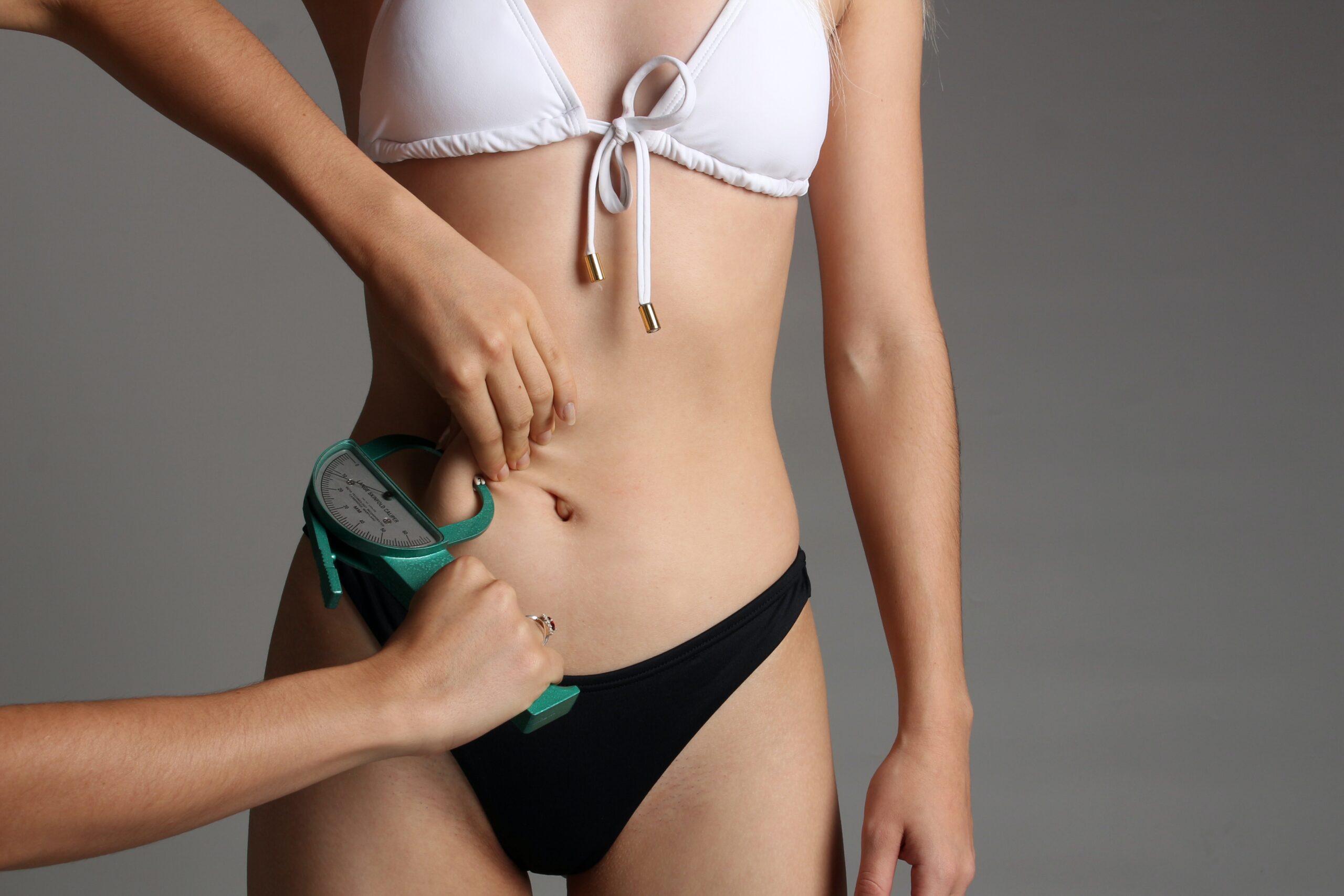


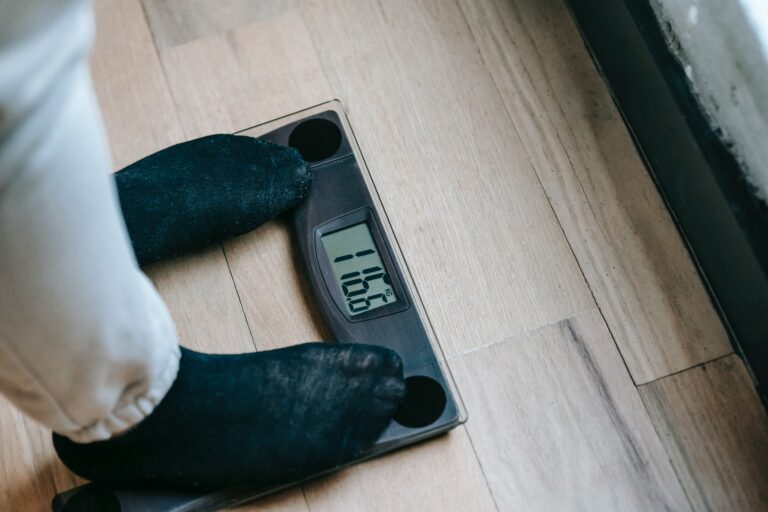
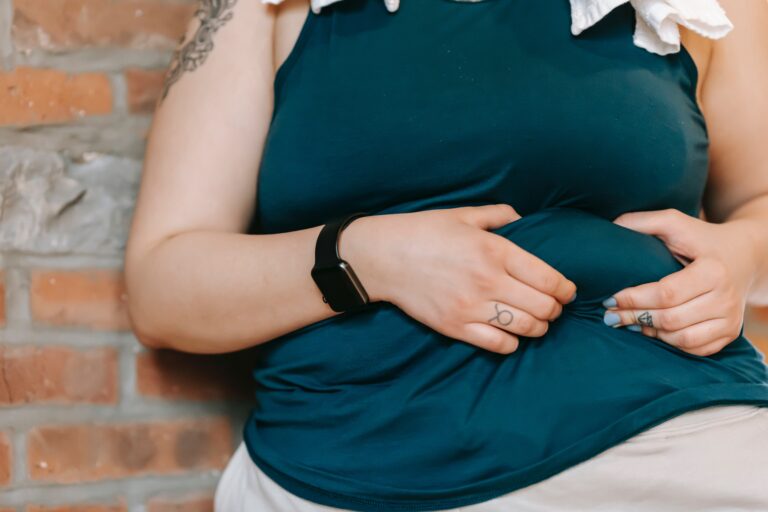
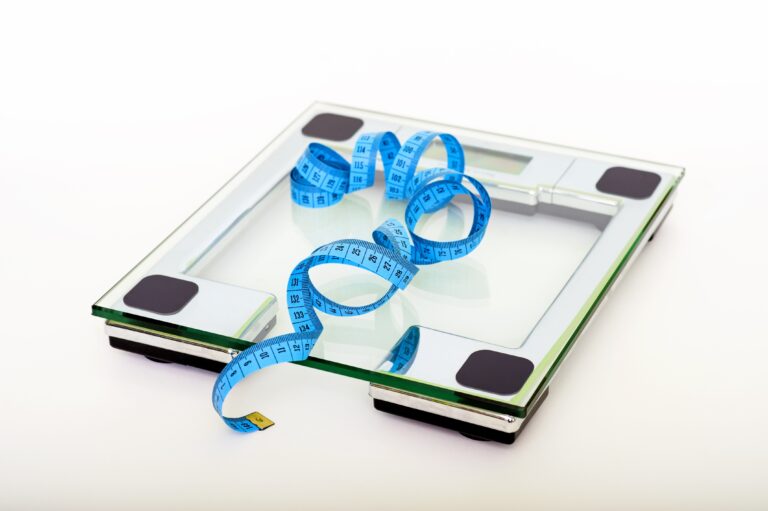
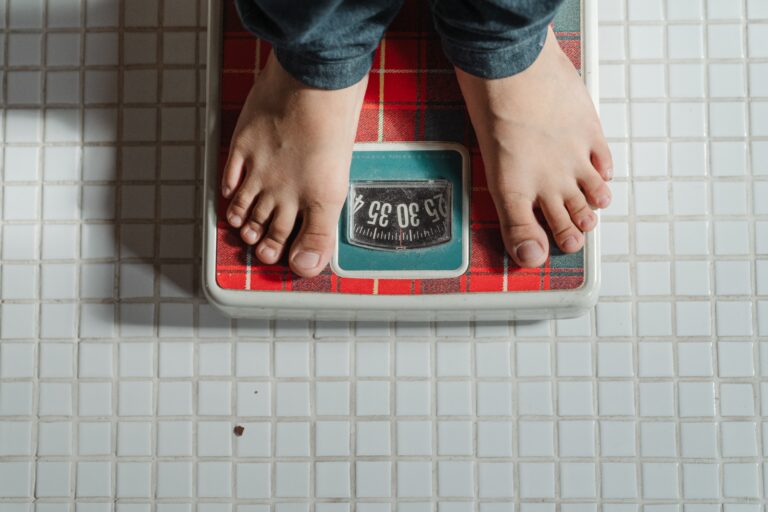
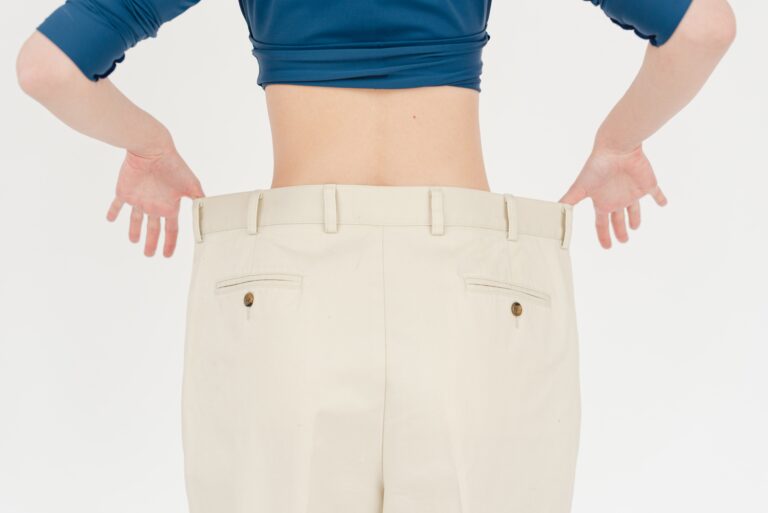

I had a DEXA scan to measure my body composition. The resulting calculation helped in determining the real density of my fat-free mass.